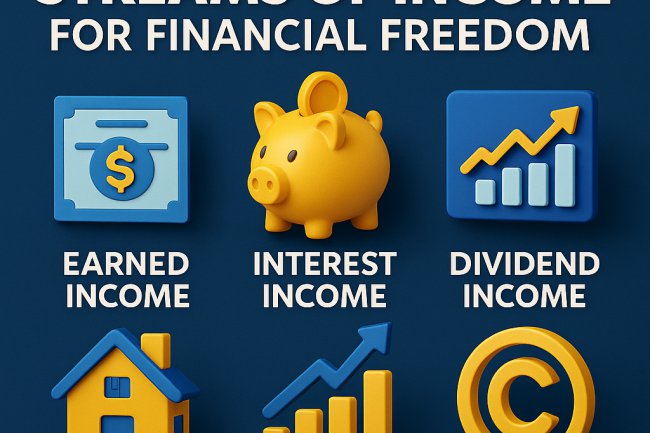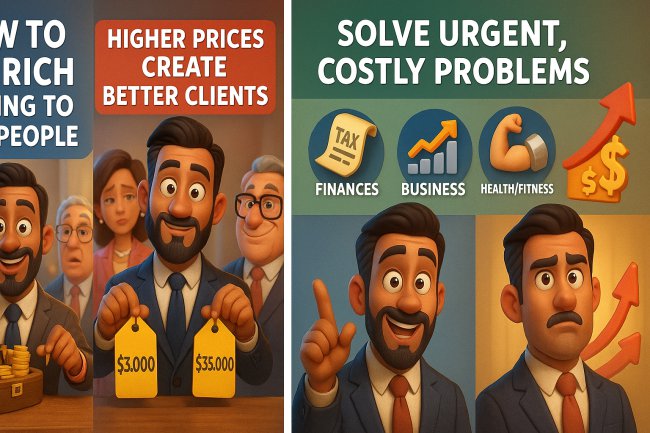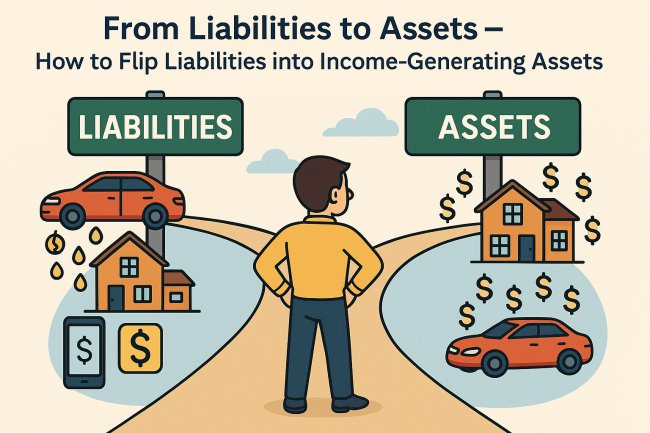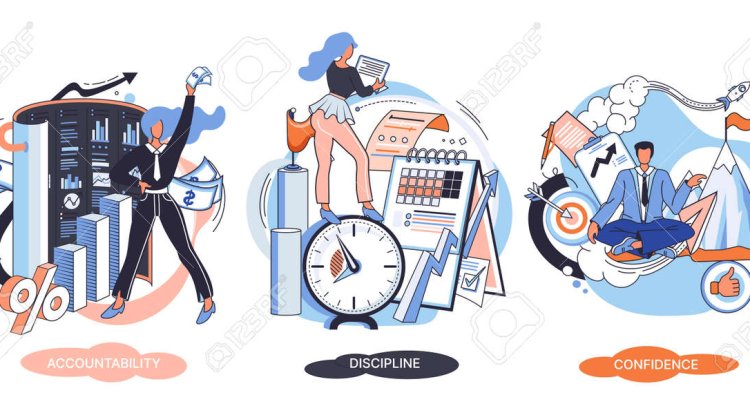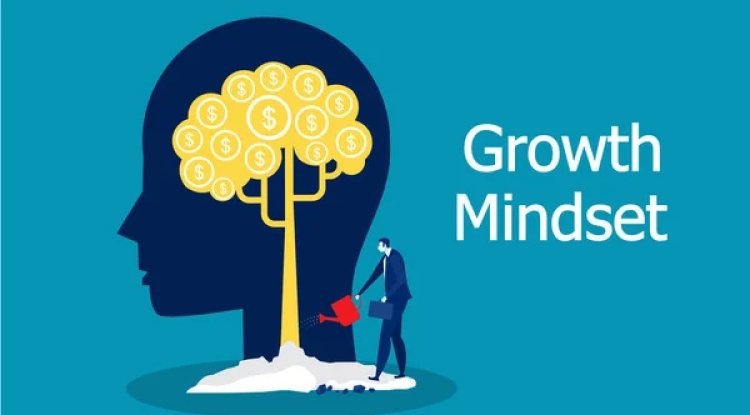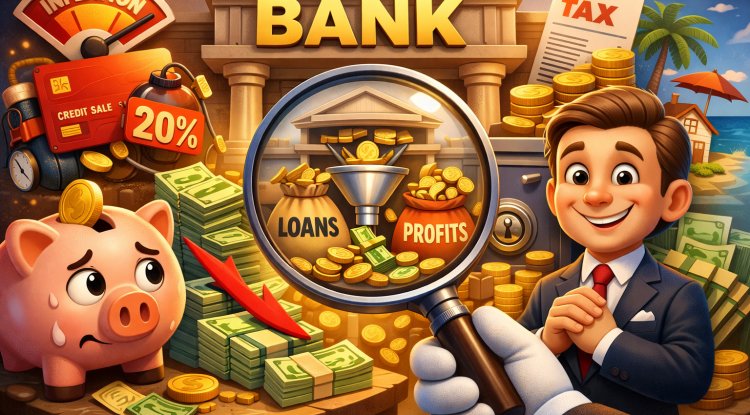Saving and Emergency Fund Strategy: Building a Safety Net for Financial Freedom
Learn proven saving and emergency fund strategies to secure stability, avoid lifestyle inflation, and achieve true financial freedom through smart money habits.
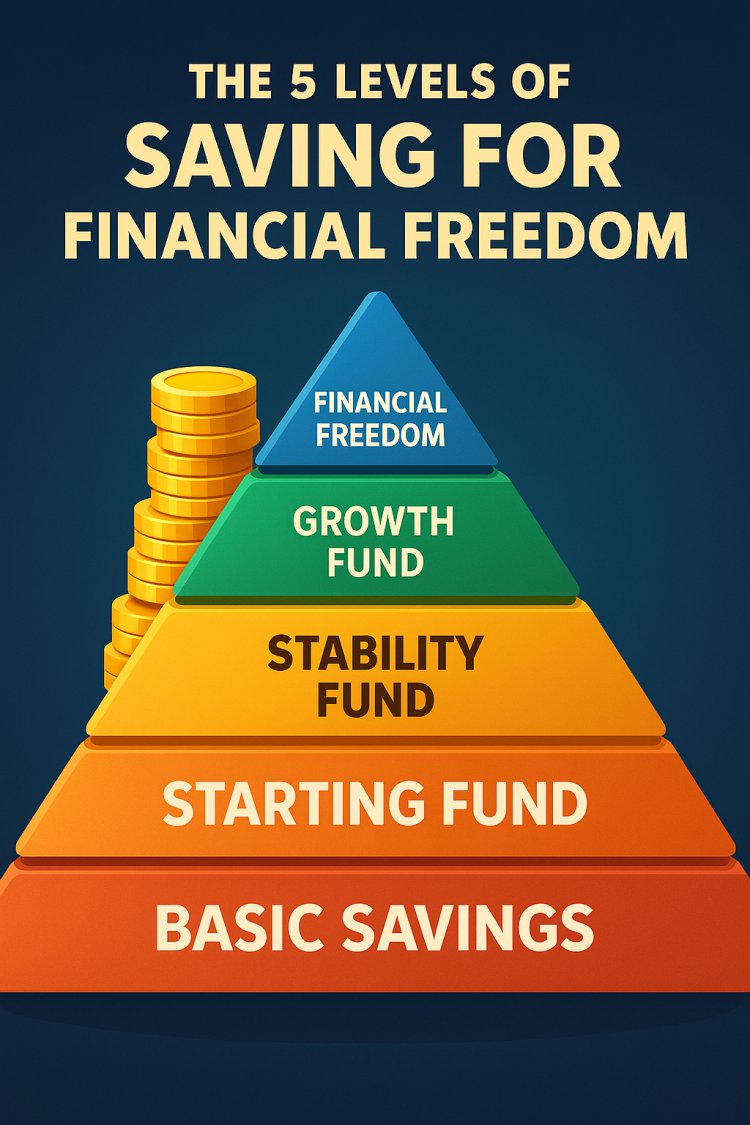
1. Introduction: Why Saving Is the Foundation of Financial Freedom
Financial freedom doesn’t start with how much you earn — it starts with how much you keep.
In every economy, whether developed or emerging, people who master saving build the strongest foundation for long-term success. Saving creates control. It creates peace of mind. It’s what protects your financial goals from being wiped out by life’s surprises.
An emergency fund is not a luxury — it’s a necessity. It’s what stands between a temporary setback and a lifetime of debt. Yet, many people still live paycheck to paycheck, even with good salaries, because they lack a structured system for saving.
Think of saving as buying yourself options. When you save consistently, you gain freedom — freedom to make career moves, start a business, or survive an emergency without panic. This is the first step to true stability and growth.
2. Understanding the Purpose of an Emergency Fund
An emergency fund is a financial cushion set aside to handle unexpected expenses or income disruptions. It keeps you from going into debt when life takes an unexpected turn.
What It Covers
-
Job loss or delayed salary payments
-
Medical emergencies
-
Sudden family obligations
-
Urgent car or home repairs
-
Unexpected business slowdowns
Without an emergency fund, people turn to loans or credit cards — creating a cycle of interest payments and financial stress. The purpose of this fund is to give you time and stability when the unexpected happens.
The Psychology Behind It
Money experts often describe an emergency fund as emotional insurance. It’s not just about financial numbers — it’s about sleeping better at night. Knowing you have reserves allows you to make smarter, calmer decisions, not desperate ones.
3. How to Calculate the Ideal Emergency Fund
The golden rule for most people is:
Save 3 to 6 months of your total living expenses.
That means if your monthly expenses are $1,000, your target emergency fund should be between $3,000 and $6,000.
But this number can vary depending on your lifestyle, job stability, and financial responsibilities.
Step-by-Step Calculation Example
| Category | Monthly Expense (USD) |
|---|---|
| Rent & Utilities | 400 |
| Food & Groceries | 200 |
| Transport | 100 |
| Insurance | 50 |
| Family Support | 100 |
| Miscellaneous | 150 |
| Total Monthly Expenses | $1,000 |
Minimum Emergency Fund (3 months) = $3,000
Maximum Emergency Fund (6 months) = $6,000
If you’re a freelancer, business owner, or working in an unstable industry, aim for 9–12 months of expenses.
Formula:Monthly Expenses × Number of Months = Target Emergency Fund
For example:
If your monthly expenses are KES 50,000 in Kenya or NGN 400,000 in Nigeria:
-
3-month fund → KES 150,000 / NGN 1,200,000
-
6-month fund → KES 300,000 / NGN 2,400,000
Pro Tip:
Don’t wait to have a big amount before starting. Begin small — even KES 500 or NGN 2,000 a week builds momentum. What matters is consistency.
4. Where to Keep Your Savings
Choosing the right place for your savings is as important as saving itself. Your emergency fund must be safe, liquid, and easily accessible — but not so easy that you’re tempted to spend it on impulse.
Here are the best options:
a. Bank Savings Account
Best for: Security and accessibility.
Your funds are safe and can be withdrawn quickly when needed. However, the interest rates are usually low and may not outpace inflation.
Pros:
-
Easy access through ATMs or mobile banking
-
Low risk
-
Suitable for short-term emergencies
Cons:
-
Low interest rates
-
Temptation to withdraw unnecessarily
b. SACCO (Savings and Credit Cooperative Organization)
Best for: Earning dividends and disciplined saving.
SACCOs allow you to save regularly and sometimes earn higher returns than banks. They also encourage long-term financial discipline through structured savings and annual dividends.
Pros:
-
Higher returns than most savings accounts
-
Encourages discipline through limited withdrawals
-
Member dividends
Cons:
-
Limited liquidity — may take days to access funds
-
Requires membership commitment
c. Money Market Fund (MMF)
Best for: Higher returns with flexibility.
A Money Market Fund invests your money in low-risk instruments such as Treasury Bills or corporate papers, giving you daily interest while keeping your funds easily accessible.
Pros:
-
Higher interest rates (8–12% annual average in Africa)
-
Withdraw anytime
-
Low risk
Cons:
-
Slightly higher management fees
-
Interest rates may fluctuate with market conditions
Quick Comparison Table
| Option | Liquidity | Safety | Returns | Recommended Use |
|---|---|---|---|---|
| Bank Account | High | High | Low | Immediate access |
| SACCO | Medium | High | Medium | Medium-term fund |
| Money Market Fund | High | Medium | High | Short to mid-term fund |
5. Avoiding Lifestyle Inflation
Lifestyle inflation happens when your income rises — but your expenses rise even faster. You earn more, but somehow, you’re still broke.
This is one of the most silent wealth killers. Many people fall into this trap the moment they get a salary increase or business breakthrough. They upgrade their phones, move to a bigger house, or buy a new car instead of saving more.
How to Avoid It
-
Save First, Spend Later.
Automate savings the same day income hits your account.
Example: If you earn $1,000, automatically move $150 to your emergency fund. -
Define Clear Financial Goals.
Saving without a purpose feels boring. Set short-term (vacation), medium-term (car, business), and long-term (home, retirement) goals. -
Avoid Lifestyle Comparisons.
Social media creates the illusion of wealth. Focus on your journey, not what others are posting. -
Increase Income, Not Lifestyle.
Every time your income rises, keep your expenses the same for at least six months. This allows your savings to grow faster.
6. Automating Savings Through Digital Apps
In the digital age, technology has made saving simpler and smarter. Automation ensures you save before you think about spending.
How It Works
You connect your bank or mobile wallet to an app that automatically moves a portion of your money into your savings or investment account.
Top African Saving Apps
-
Chumz (Kenya): Helps you set saving goals and automates deposits directly from M-Pesa.
-
Hisa (Kenya): Allows investing small amounts in stocks and funds, including automated savings features.
-
PiggyVest (Nigeria): Offers automated daily or monthly savings with lock-in options for discipline.
-
Absa Digital Save (Across Africa): Mobile app for goal-based automated savings.
Why Automation Works
-
Removes emotion from saving decisions.
-
Prevents procrastination.
-
Creates consistent results.
Think of automation as your digital financial discipline. You set it once — and your savings grow quietly in the background.
7. The Peace of Mind Principle
When you have a strong emergency fund, your mindset changes. You no longer panic when bills come early or business slows down. You think strategically, not fearfully.
Financial peace doesn’t mean being rich — it means being prepared.
People with no savings often experience chronic stress because every minor emergency becomes a financial crisis. In contrast, savers enjoy confidence, flexibility, and focus. They know they can handle whatever comes next.
An emergency fund gives you:
-
Confidence to take calculated risks.
-
Freedom to pursue opportunities.
-
Reduced anxiety about money.
8. Building the Right Saving Habits
Saving is a habit — not a one-time event. To build it effectively, you need structure, consistency, and a clear plan.
Step-by-Step System
-
Track Your Expenses
You can’t save what you can’t see. Record every expense for 30 days — you’ll be surprised how much leaks out on small purchases. -
Set a Budget
Use the 50/30/20 rule:-
50% for needs (bills, rent, transport)
-
30% for wants (leisure, entertainment)
-
20% for savings and debt repayment
-
-
Automate Your Savings
Schedule recurring transfers on payday. Treat saving like a bill you must pay. -
Increase Savings Rate Over Time
Start small (5–10%) and grow to 20–30% as your income improves. -
Review Quarterly
Adjust your budget every 3 months to reflect new expenses or income changes.
9. Short-Term vs Long-Term Savings
It’s important to separate your goals. Mixing short-term savings with long-term investments creates confusion and unnecessary withdrawals.
Short-Term (0–2 years)
-
Emergency fund
-
Rent deposits
-
School fees
-
Small business capital
Best Options: Bank savings, SACCO, or Money Market Fund.
Long-Term (3+ years)
-
Retirement savings
-
Real estate or investment fund
-
Children’s education fund
Best Options: Investment accounts, pension plans, or unit trusts.
Having both types of savings ensures that your long-term goals aren’t interrupted by short-term crises.
10. Smart Saving Mindset
Saving isn’t about denying yourself — it’s about choosing stability over impulse.
When you save, you’re saying:
-
“I value tomorrow as much as today.”
-
“I’m in control of my money, not the other way around.”
A disciplined saving mindset creates lifelong benefits:
-
Builds patience and delayed gratification.
-
Prepares you for investing confidently.
-
Attracts financial opportunities (because preparation meets opportunity).
Every wealthy person began with one habit — consistent saving. No shortcuts, just structure and self-control.
11. Step-by-Step 7-Day Action Plan to Start Saving
Day 1: Write down all your monthly expenses.
Day 2: Identify wasteful spending and list where to cut back.
Day 3: Choose a bank, SACCO, or money market fund for your savings.
Day 4: Automate your first transfer (even if it’s small).
Day 5: Set a clear financial goal — e.g., “Save $1,000 in 3 months.”
Day 6: Install a savings app for daily progress tracking.
Day 7: Celebrate your first week and commit to consistency.
12. The Connection Between Savings and Freedom
Freedom doesn’t come from earning more money — it comes from managing what you have wisely. Saving gives you flexibility, independence, and the ability to say “no” to things that don’t serve your future.
When you control your money, you control your time, choices, and opportunities. That’s the real meaning of financial freedom.
13. Final Thoughts
You don’t need to be rich to start saving — you become rich because you save. Every financial empire begins with one disciplined decision: to keep something aside for tomorrow.
Whether you’re earning $100 or $10,000 a month, the principle is the same: spend less than you earn and protect the difference.
Start today. Even if it’s a small amount, consistency compounds.
In six months, you’ll look back and realize — financial peace was never about luck or miracles; it was about strategy, discipline, and foresight.
What's Your Reaction?







